Data collection using advanced UAV to digitise the facility
Once the facility was digitised within the Trendspek platform, Osprey Integrity created flight missions for target assets like storage tanks, piping circuits, pressure vessels, furnaces and stacks for the client.
Resultant flight routes were created to leverage existing automation of the drone technology and future advancements into nested, or ‘drone in the box’ systems.
Data was collected at regular intervals, uploaded into the Trendspek platform, and reviewed collaboratively by various stakeholders.
Once reviewed, annotations were created within the model to show precisely where a deficiency was observed, including its classification and criticality.
Recommended repair timeframe, required tradesperson and access requirements were further communicated within the platform annotation and leverage by the client to create maintenance repair work packages for issuance to the appropriate contractors.
Through collaboration between Trendspek, Osprey and their client, the program has had a dramatic impact.
According to Courtland: "By enabling early identification of deficiencies, ranging from minor to critical, this has helped to prioritise repairs and directly helped to prevent surprise maintenance events at the facility."

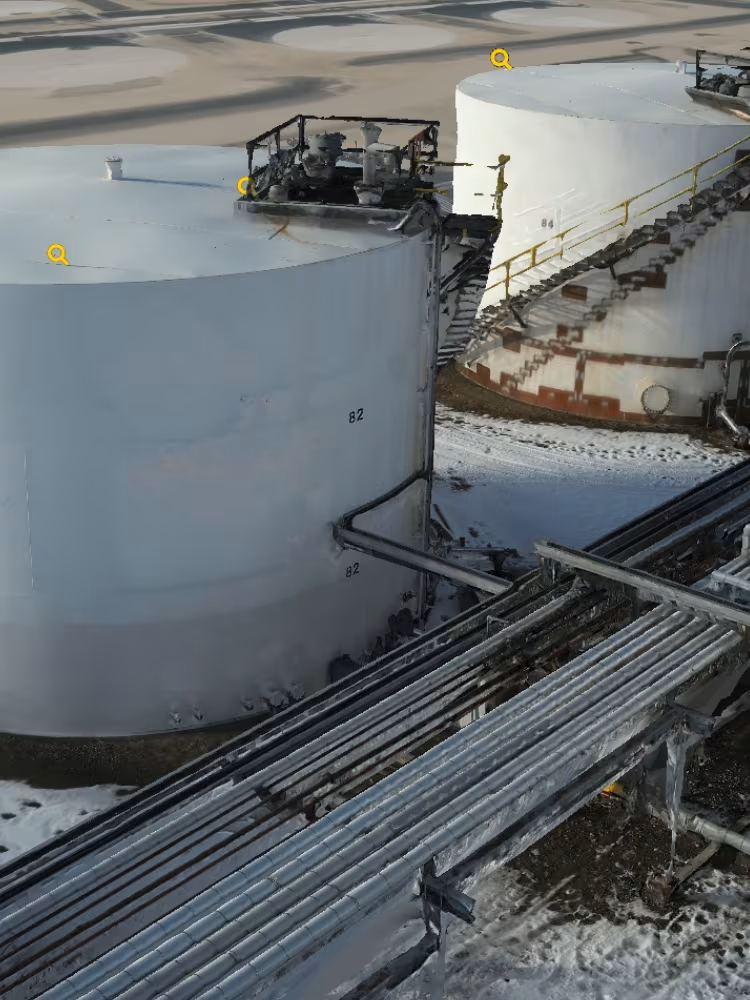


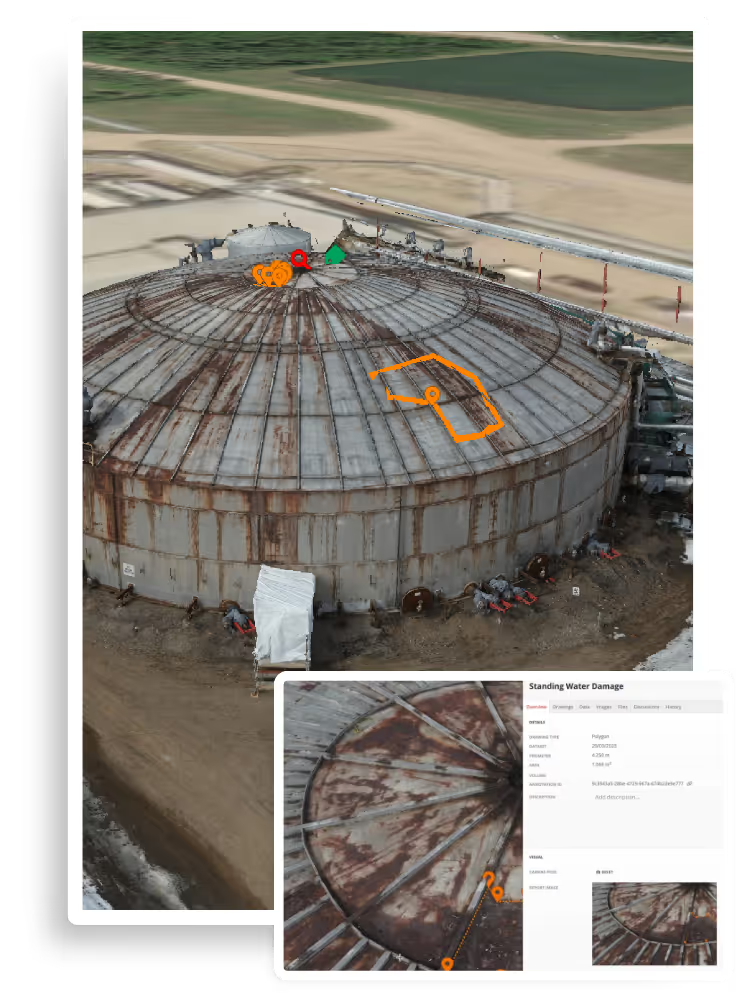
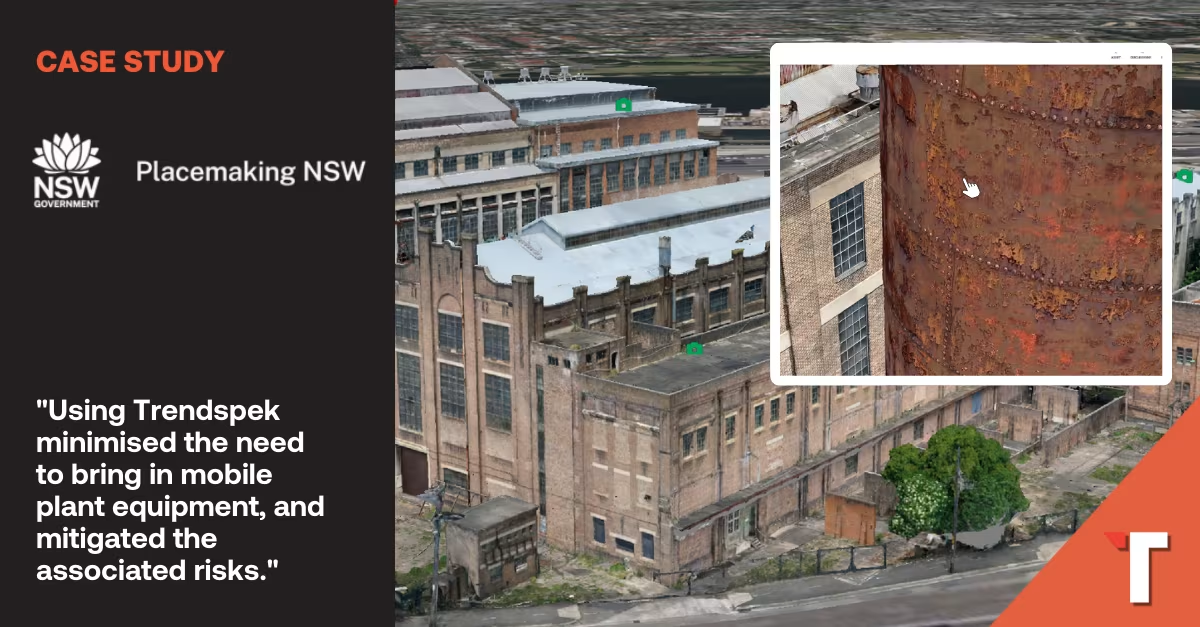

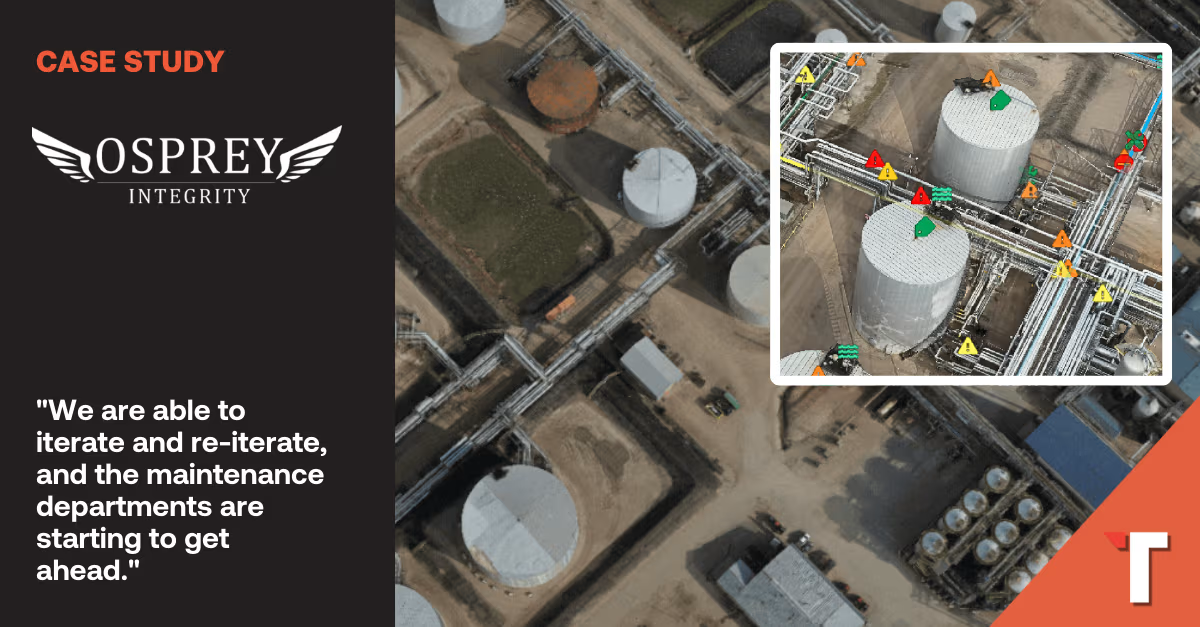

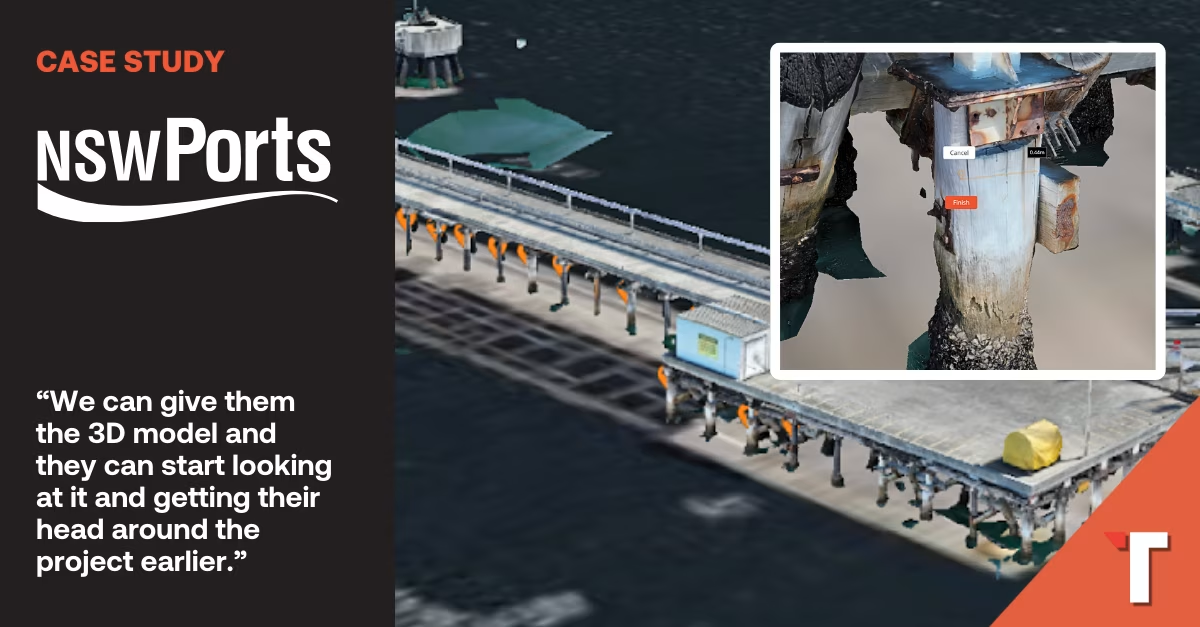
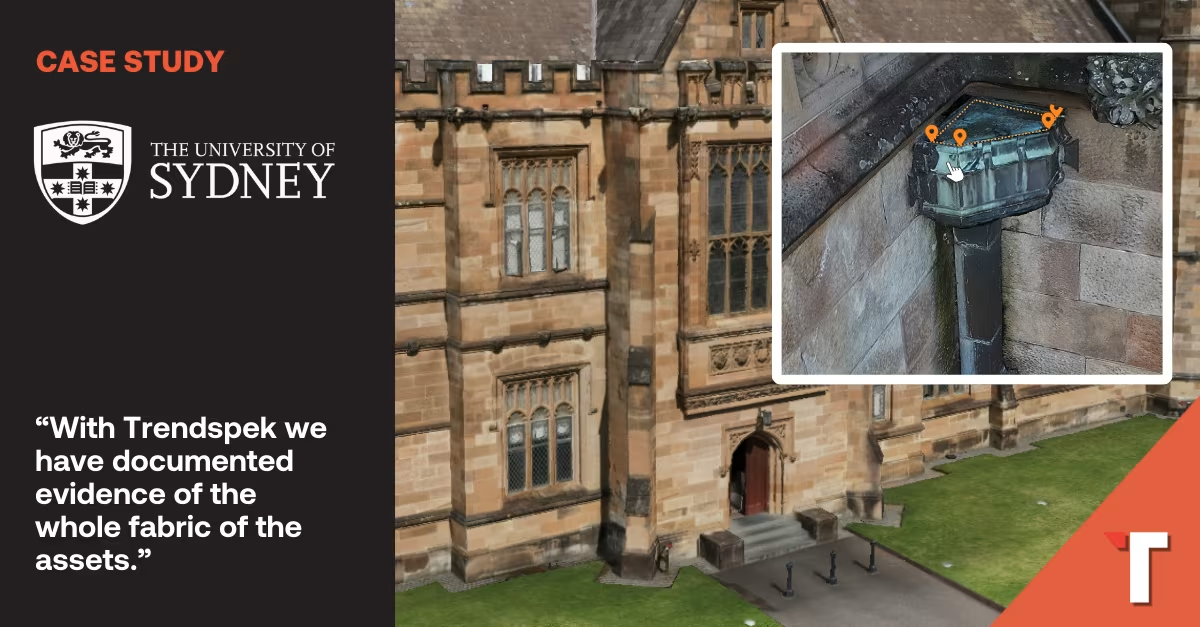
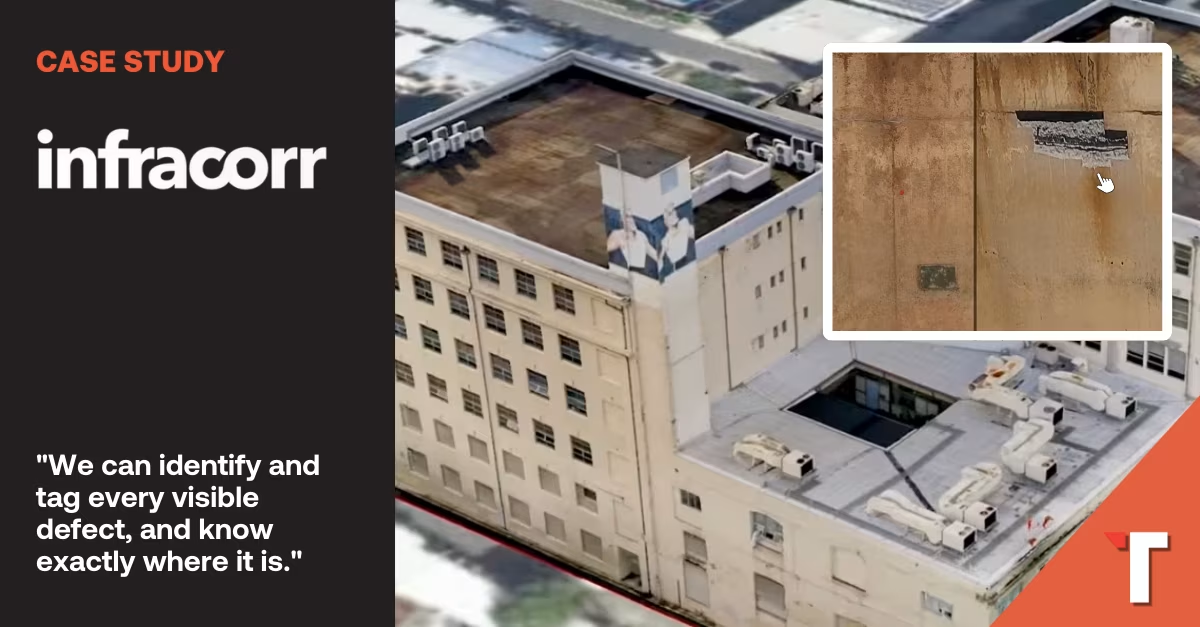
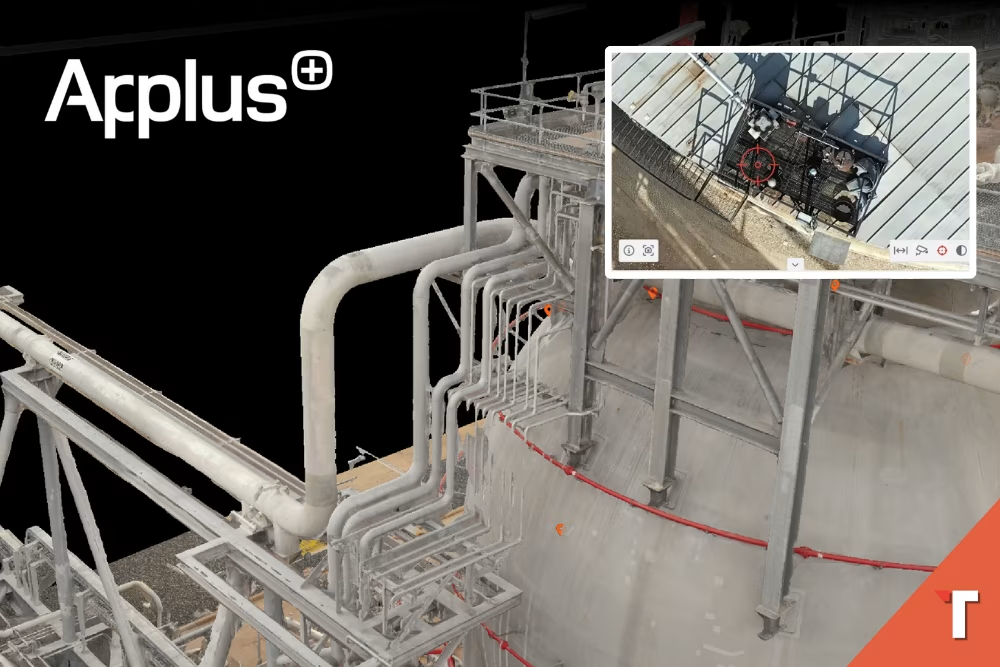
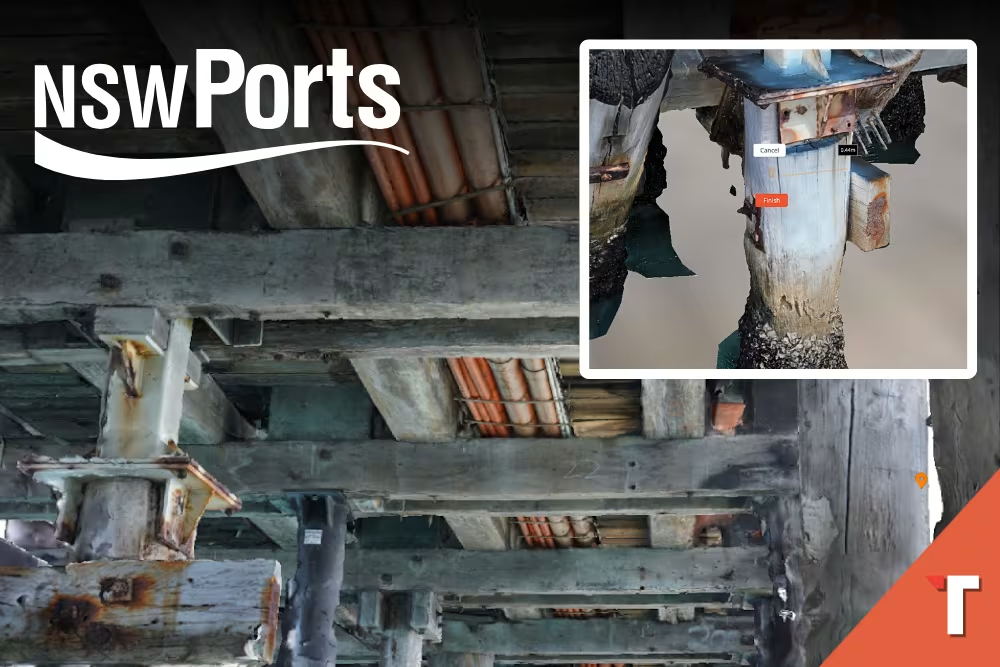
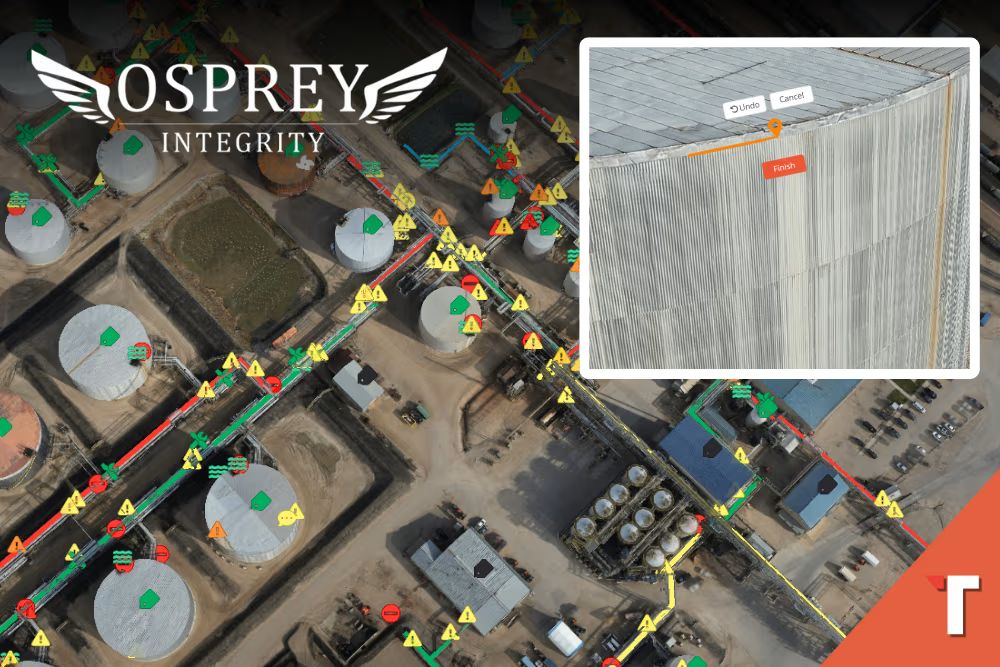
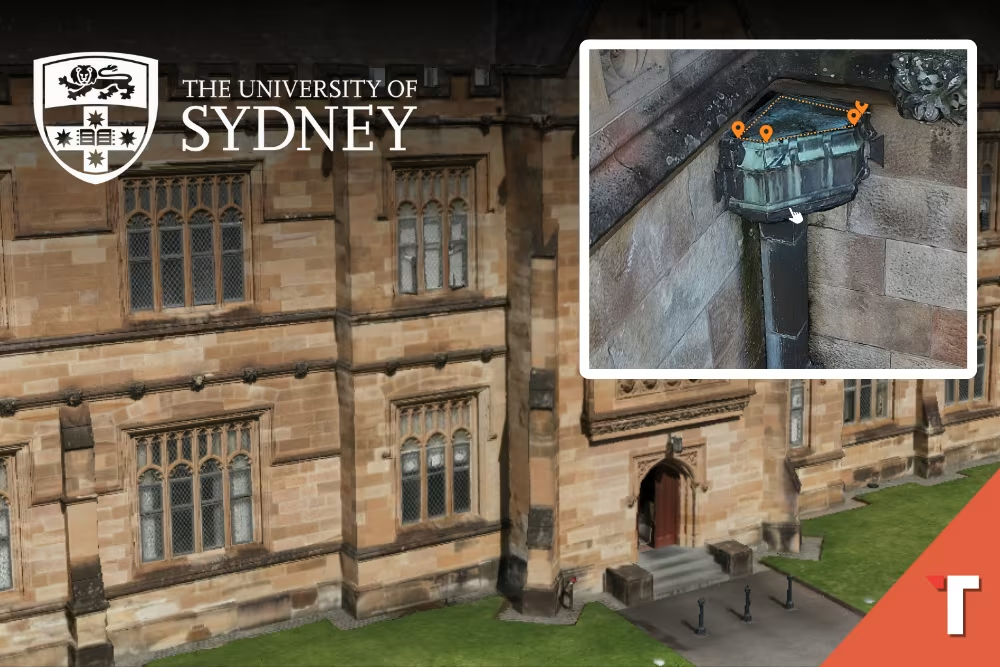
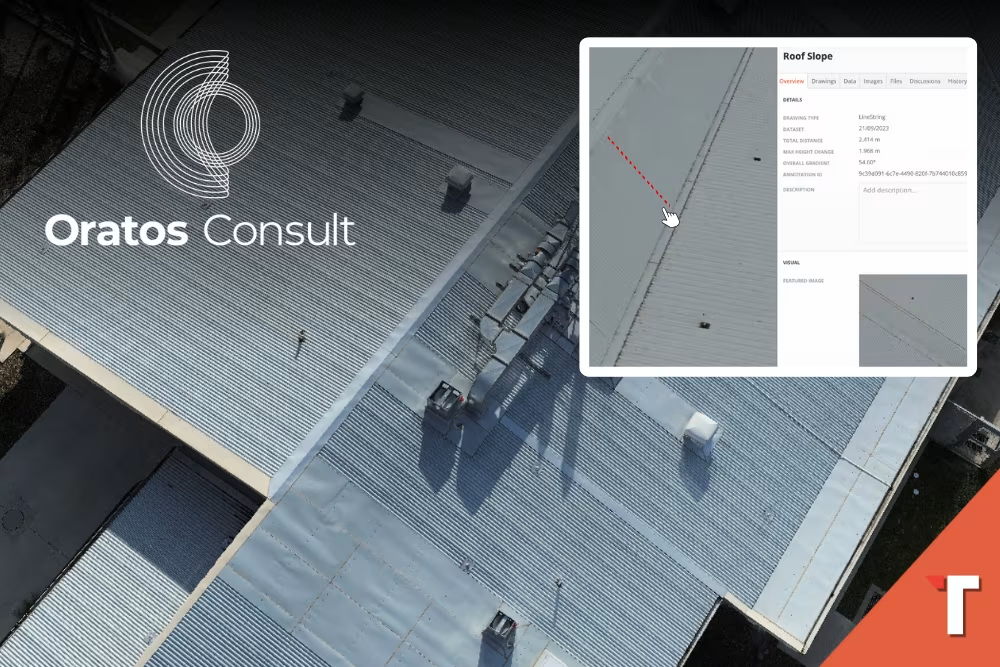
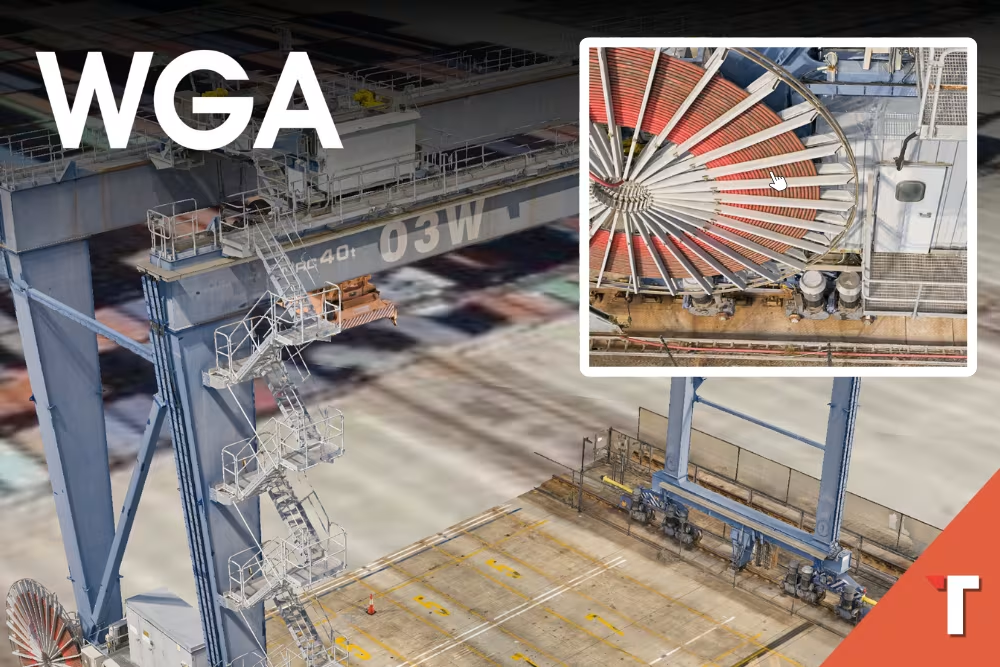
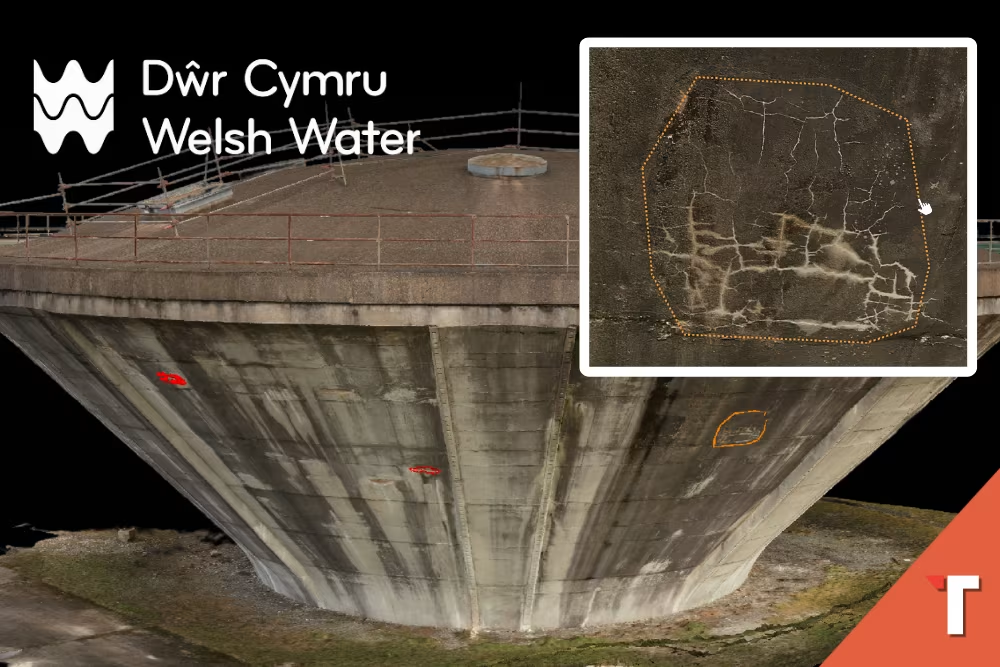
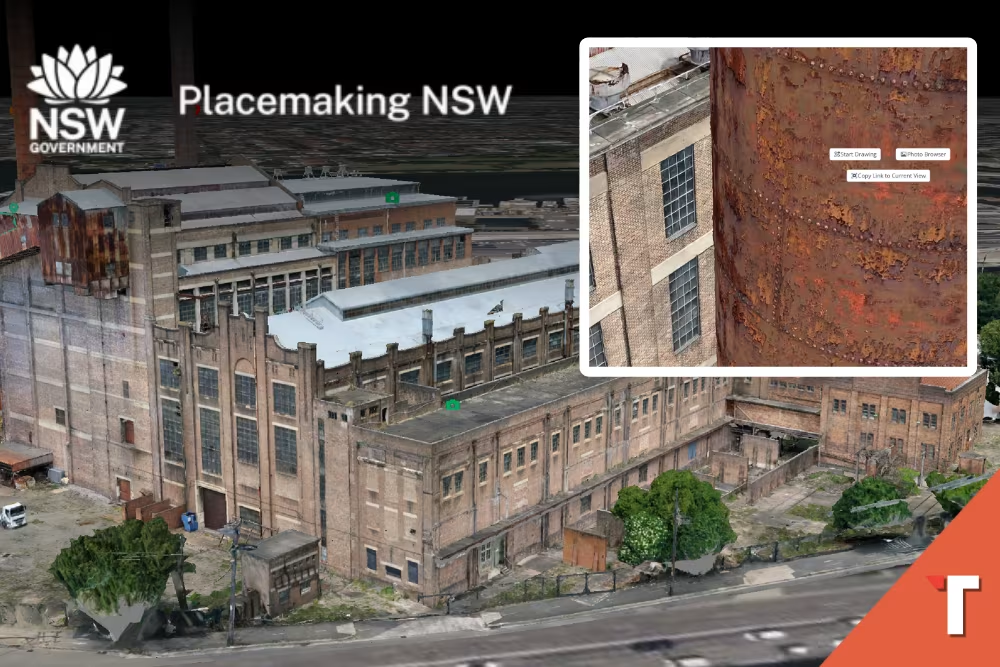
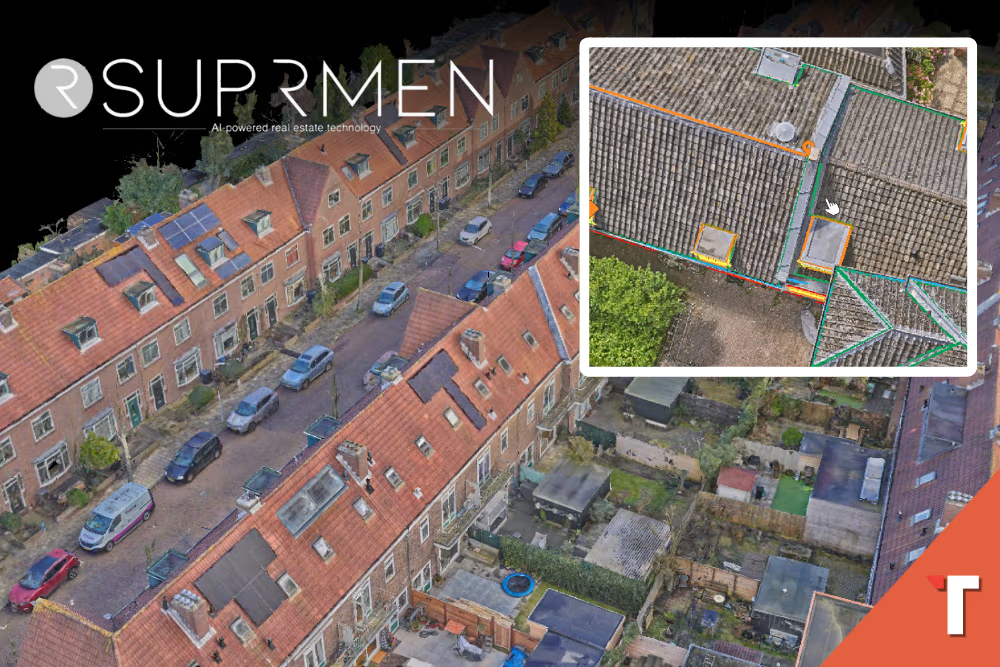
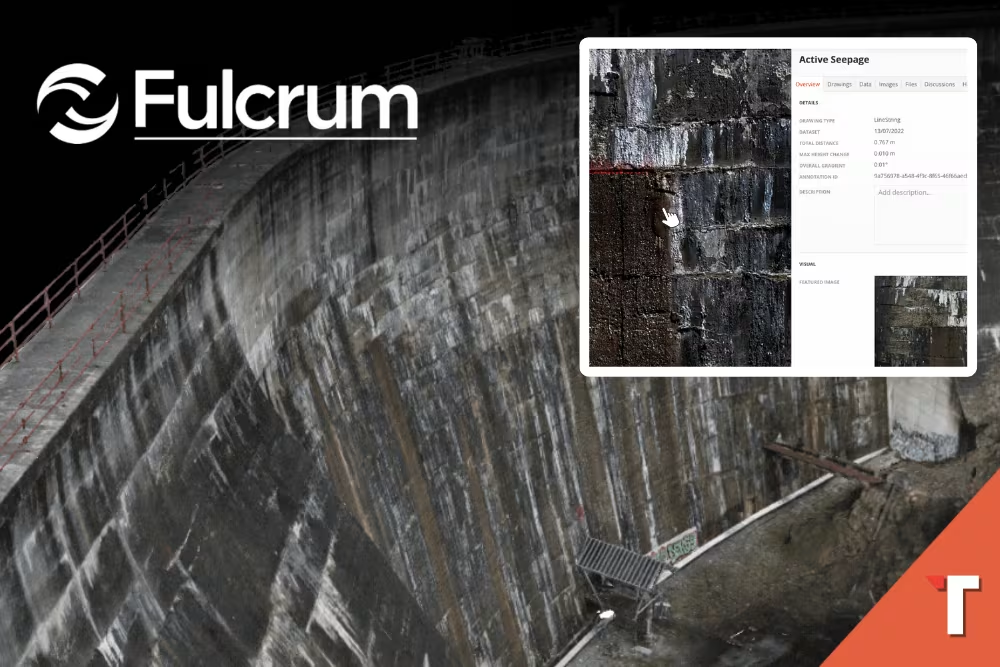
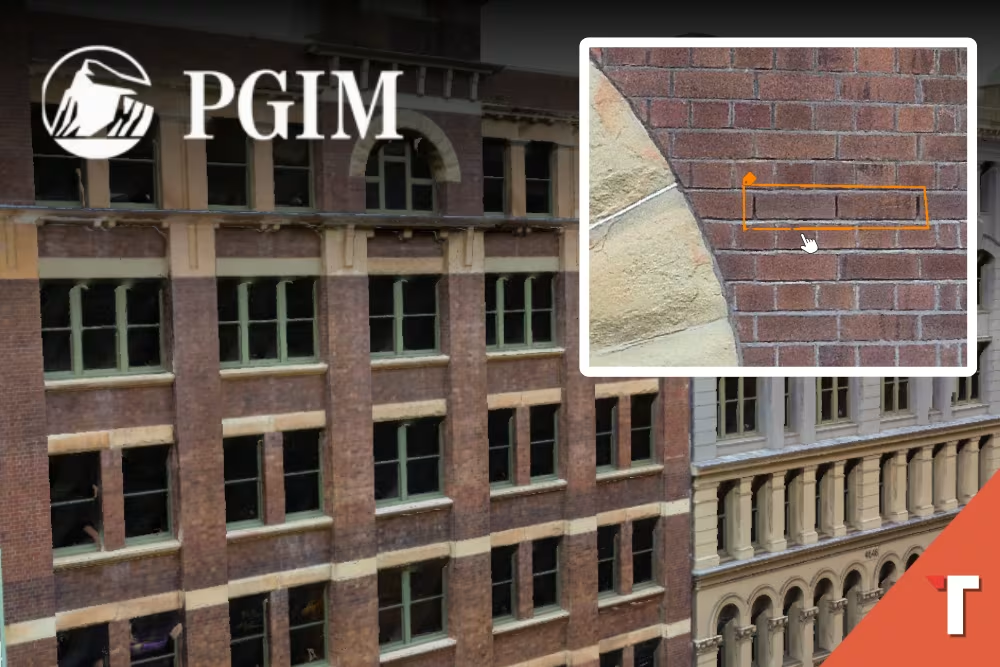
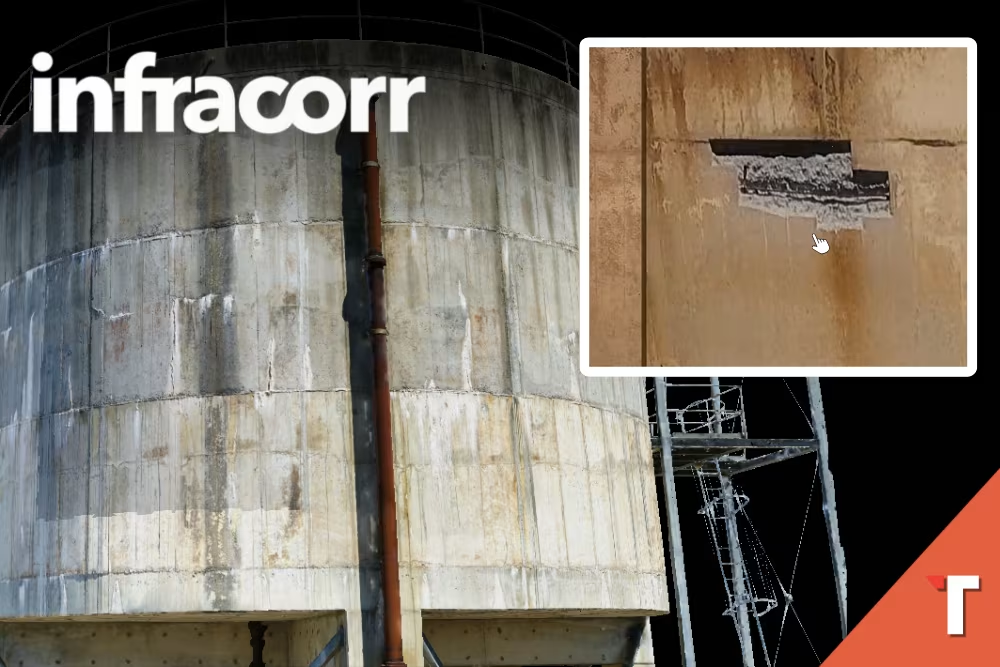

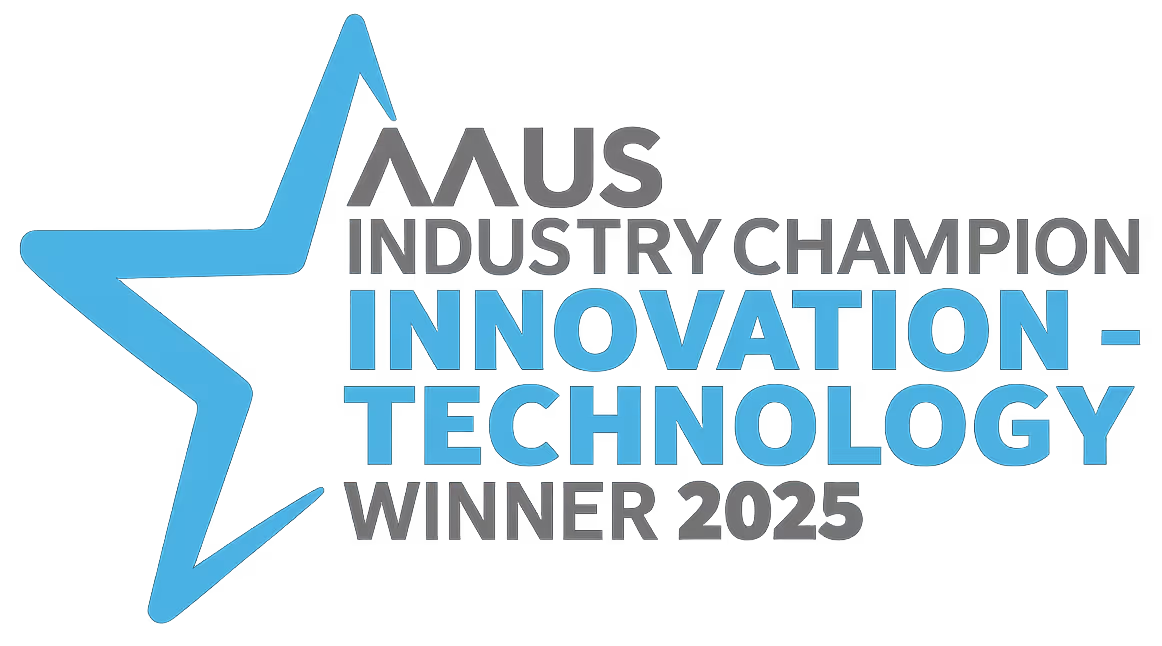
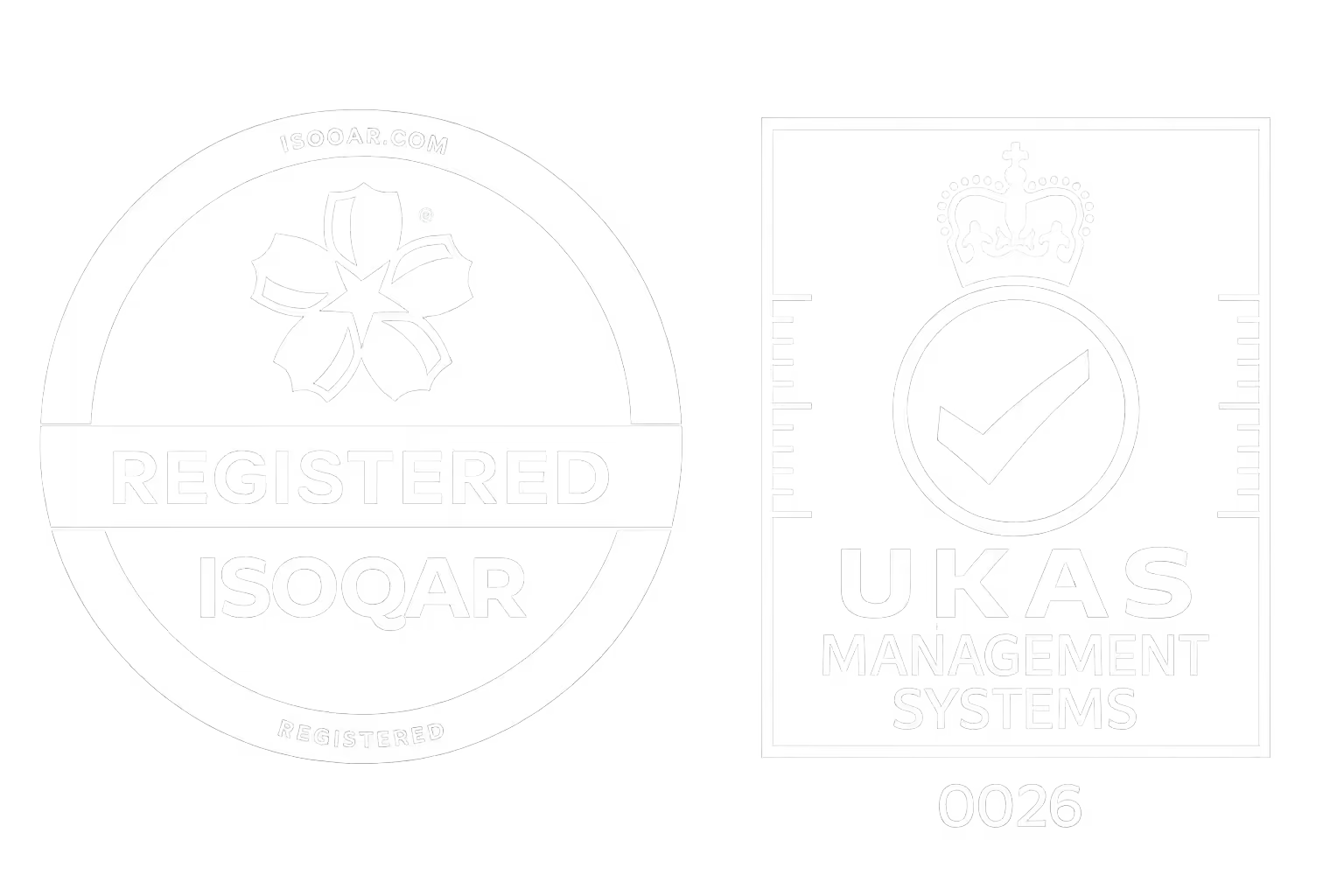

.svg)